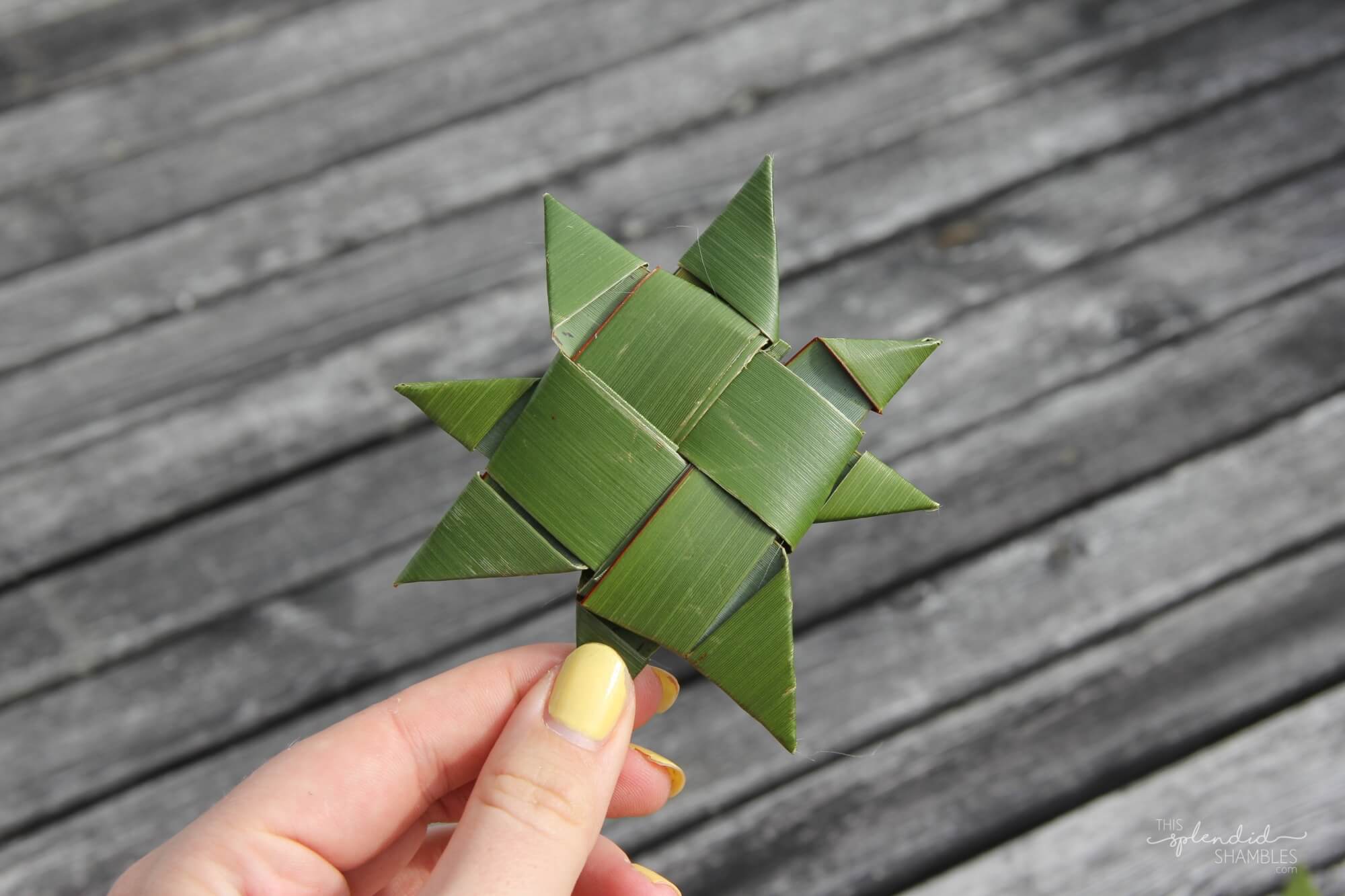As Matariki draws near, ECE teachers have the privilege of educating tamariki about its cultural significance and planning exciting activities to get them involved!
Matariki is a significant celebration in Māori culture that marks the beginning of the Māori New Year. It’s a time when the Matariki star cluster, also known as Pleiades, rises in the sky, bringing with it a sense of renewal and reflection. The Pleiades cluster actually consists of hundreds of stars, but only a few are bright enough to be seen by the naked eye. In the past, Māori waka (traditional canoe) used Matariki to guide their trips across the pacific. Today, this special time is to honour the past, celebrate the present, and look forward to the future.
There are many Māori legends about the Matariki cluster, but a popular narrative is that the seven stars are made up of a mother (Matariki) and her six daughters (Upu-ā-nuku, Tupu-ā-rangi, Waipunarangi, Waitī, Waitā, and Ururangi). Different iwi have different kōrero (stories) about Matariki based on their local knowledge, with some iwi identifying Pohutukawa and Hiwa i te rangi as additional stars in the Matariki cluster. Legend says that during their visit, each star uses their unique qualities to help Papatūānuku (Mother Earth) prepare for the year to come, with the Matariki star watching over and helping her tamariki.
The 7 Stars of Matariki
Activities for Matariki
Now, you may be pondering how to celebrate Matariki in your centre and incorporate this celebration into your activities. You’ve come to the right place!
Arts and crafts
Matariki is centred around the cluster of stars, making any activity which includes this element a great way to introduce Matariki to the tamariki. This could include having children decorate their own star and hanging these around the classroom or making stars out of flax. Additionally, set up a painting station with dark-colored paper or canvas and let the children create their own interpretation of the Matariki night sky. They can use white or metallic paints to add stars and other celestial elements.
 Image source: The Splendid Shambles
Image source: The Splendid Shambles
Storytelling
Reading books about Matariki can be a great, engaging way to share the meaning about the Māori New Year and can also help your own understanding if you’re new to learning about the Māori culture! ‘The Little Kiwi’s Matariki’, ‘Daniel’s Matariki Feast’, and ‘The Seven Kites of Matariki’ are all classics, there is even a free audiobook available for the Seven Kites of Matariki found here.
Planting and Nature Exploration:
As you would have read, Matariki is an important time for Papatūānuku and exploring the natural world can be a great way for tamariki to connect with the Earth and emphasise the importance of nurturing the land and environment. They can observe the changing colours of leaves, the migration patterns of birds, or the transition of plants as they prepare for the colder months. Additionally, you can teach tamariki about recycling and composting as ways to take care of the environment. Set up recycling bins and a composting area where children can actively participate in eco-friendly practices.
Dance and Music:
Introduce children to traditional Māori waiata (songs) that celebrate Matariki. Teach them simple waiata with catchy melodies and meaningful lyrics related to the stars, the season, and the people. Nga Tamariki o Matariki’ by Erana Hemmingsen is a fun tune that will also teach your class the names of each of the Matariki stars. Other good Matariki songs include ‘Tirama, Tirama Matariki’ and ‘Matariki in the Sky’. Create a dance routine that mimics the movements of stars in the night sky. Use flowing and graceful movements, incorporating movements from Māori performances such as the Whakawhitiwhiti or Whakarara.
Whakawhitiwhiti: Refers to a weaving or crossing motion of the hands and arms in front of the body
Whakarara: Involves graceful arm movements where the arms are extended outward and slightly curved, mimicking the shape of a bird’s wings.
Matariki is over, now what?
Celebrating Matariki is a fun and special way to connect with the Māori culture. Once the holiday has come and gone, we’d encourage centres to think about keeping this cultural awareness up year-round. There are many ways to honour Māori culture throughout the year. Simple things like having posters in te reo, or picking a waiata for your centre to start each day with, can go a long way in representing our important heritage. Matariki is just one part of Māori culture. Including more of that culture in our ECE centres can only enrich our lives.